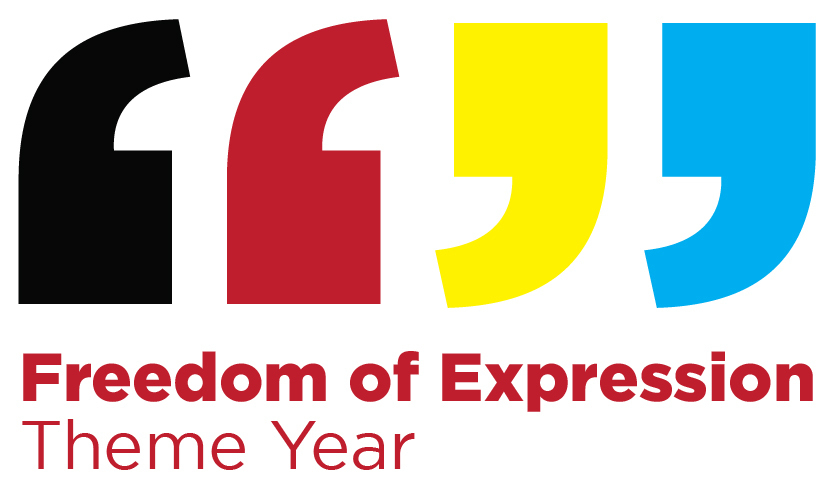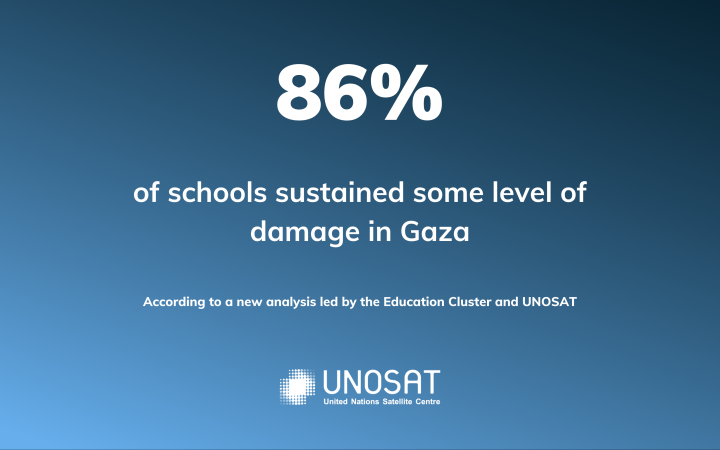A modern, sustainable society depends on the mining industry to supply crucial materials. Batteries and electric vehicles require metals like lithium and cadmium, wind turbines require rare earth metals and our cities need aggregate materials like gravel and sand for construction.
On the other hand, the mining industry also produces materials like coal which are detrimental to a low-carbon future.
As the industry evolves to meet changing demands for raw materials, tens to hundreds of thousands of landscapes around the world are changing. But can we measure this impact and confidently weigh up the pros and cons of mining activities?
The mining industry remains hugely controversial, so independent research can play a critical role in measuring the human and environmental impacts of mining activities, as well as tracking progress as the industry evolves.
The view from above
Mines are often easy to spot in satellite imagery, and this has led to a growing body of research exploring the impacts of mining from what can be seen from above.
For example, in 2019 we began examining satellite images of nickel mining regions in Indonesia (the world’s leading producer of nickel, needed for battery technologies) and we spotted a large, heavily-impacted area (see the image above).
From space, the view is dramatic, but we wanted to know more about what these images tell us about what is happening on the ground.
This site hosts a mixture of formal and informal (or illegal) mining and shows evidence of extensive land clearing in a highly biodiverse region. However, some of the companies operating in this area produce no public reports.
Others produce reports that contain barely any data on production or impacts. This led us to wonder – how much of the world’s mining impacts are actually measured?
To answer this, we have spent the last five years manually scanning global satellite imagery to visually identify and delineate mine areas. We identified around 120,000 square kilometres of features like tailings dams, pits and waste rock dumps around the world.
These features occupy all kinds of ecosystems and landscapes and take a wide variety of forms.
Where’s the data?
Our latest research, published in Nature, compares our satellite imagery with the S&P Capital IQ Pro database, a global mining database used in virtually every global-scale study of mining impacts.
To our surprise, we found that more than half of the areas identified in satellite imagery had no corresponding production information in the database.
This lack of data could be due to companies not reporting anything (a huge portion of global mining activity might be illegal) and there are likely many abandoned sites that wouldn’t have a company to report on them.
However, it’s also clear that information gaps exist even in countries like Australia with heavily regulated mining industries. Around 3600 square kilometres, or 39 per cent of the visible mining footprint in Australia has no production data in the S&P database. This shows that the massive task of collecting reports produced by mining companies simply isn’t finished.
As researchers, we often have no choice but to rely on these incomplete databases, as the job of independently gathering data is massive. It can easily take hours to find information on a single mine.
More transparency needed
We have an enormous task ahead of us, not just to gather and interpret the information produced by thousands of mining companies around the world, but also to ensure that the transparency of the industry improves.
At a bare minimum, knowing what a site produces can help us get a sense of the scale of impacts, but ideally, we’d have companies directly report things like local water and soil quality, volumes of waste released and effects on local biodiversity and communities.
For now, it seems that global-scale research on mining impacts suffers from routine under-measurement, or at best, is subject to gross assumptions. This creates massive problems for governments, NGOs, researchers, mining investors and communities affected by mining who are collectively tasked with managing, tolerating and regulating impacts.
In the absence of transparent data, we can’t have rational conversations about the risks we bear. Nor indeed can we give due credit to projects whose impacts are minimal or declining.
Can AI fill in the gaps?
While essential, an industry-wide, worldwide shift towards transparency will probably be too slow to mitigate risks. Therefore, in the research community, we are looking to create trusted alternatives to industry-reported data.
We think remote sensing and machine learning (AI computer vision) are key.
Because mine features are so diverse in form and visual appearance (despite having related features at each site), manual, human-led methods have been the most successful so far.
However, through this manual process, we have now accumulated massive volumes of data that can be used to train AI to intelligently recognise mine areas and potentially track their growth in the landscape in real-time.
Despite the massive scale of the mining industry, the enormous profits it can generate, the often-irreversible impacts it can have on landscapes and communities and the crucial materials it produces, there are only a handful of independent analysts tracking its impacts worldwide.
A comparatively modest investment to fund more independent research could go a long way to improving outcomes for those affected by mining. In the pursuit of a low-carbon future, many lives and livelihoods may depend on it.








